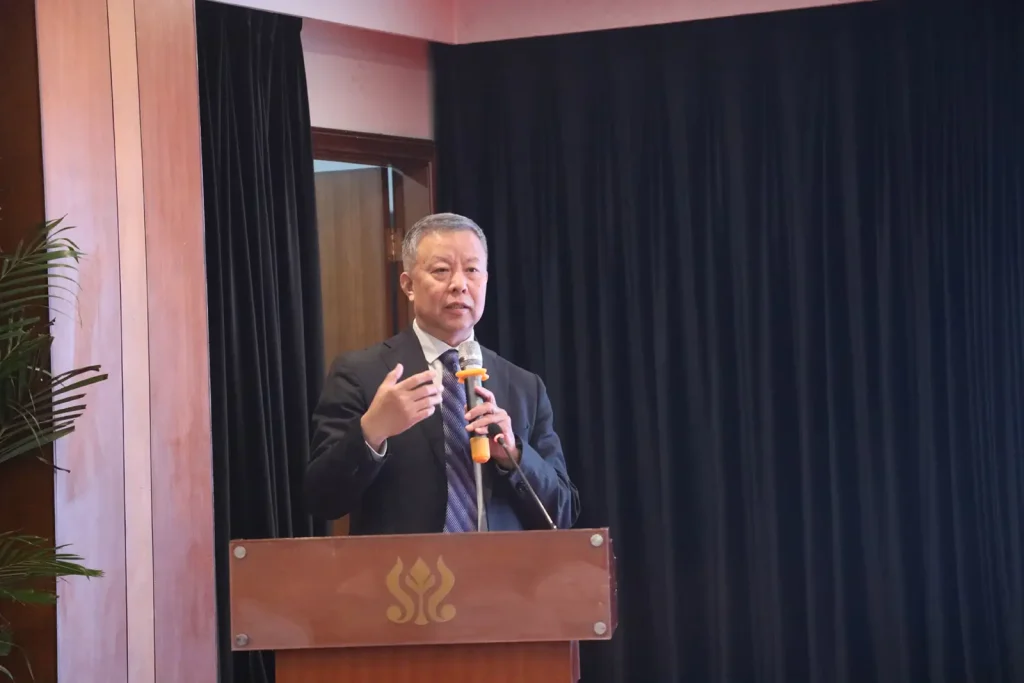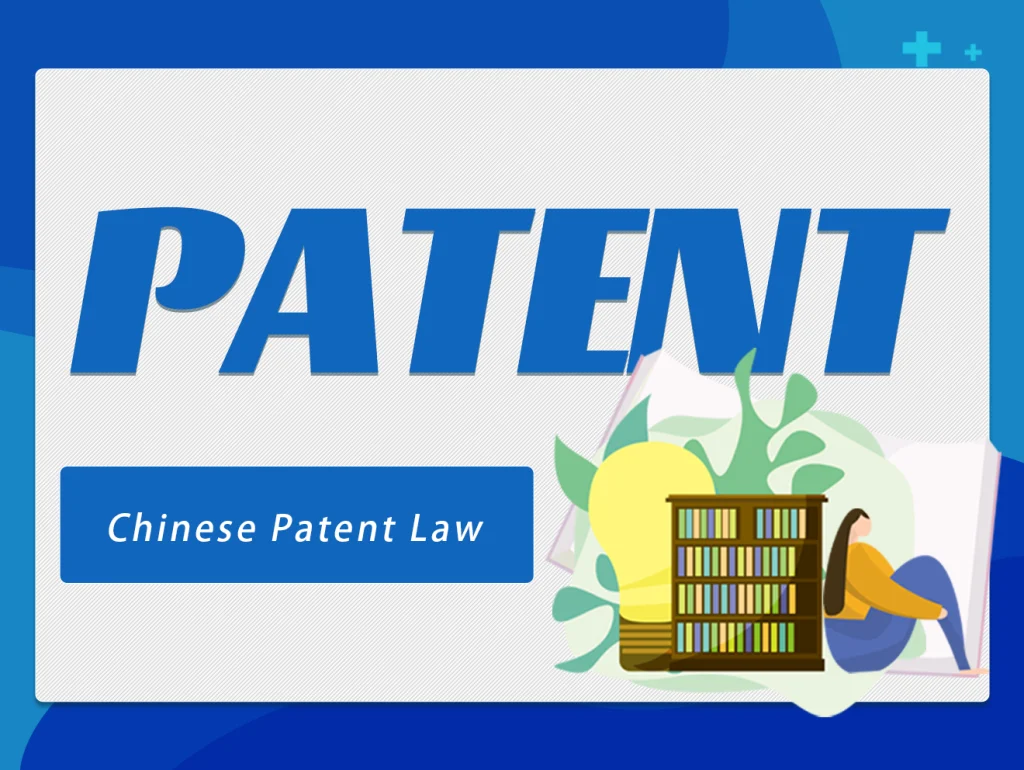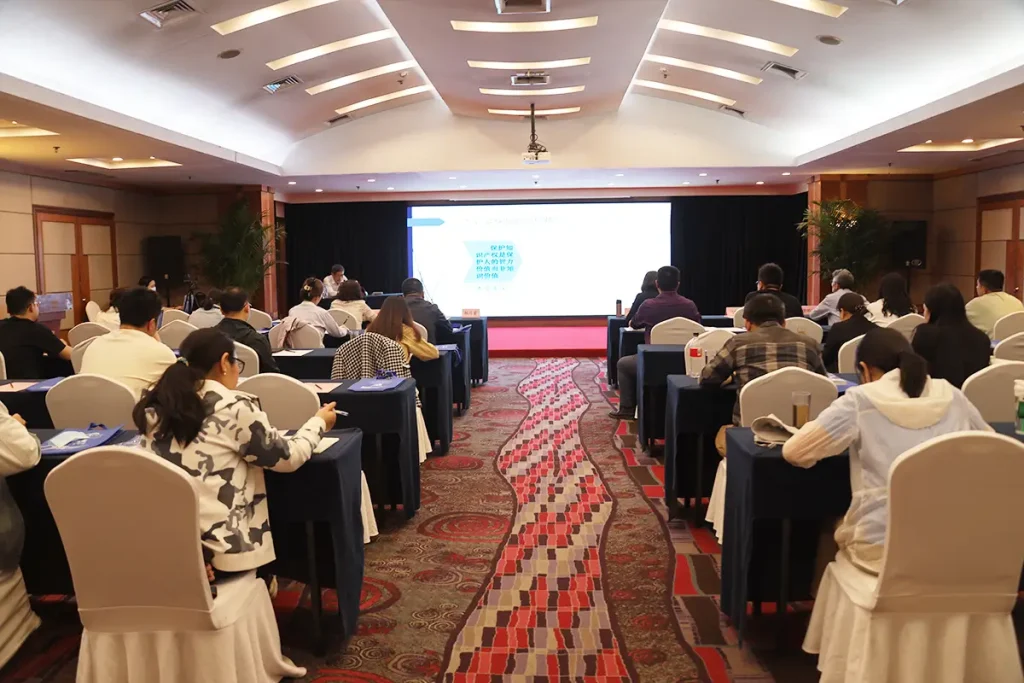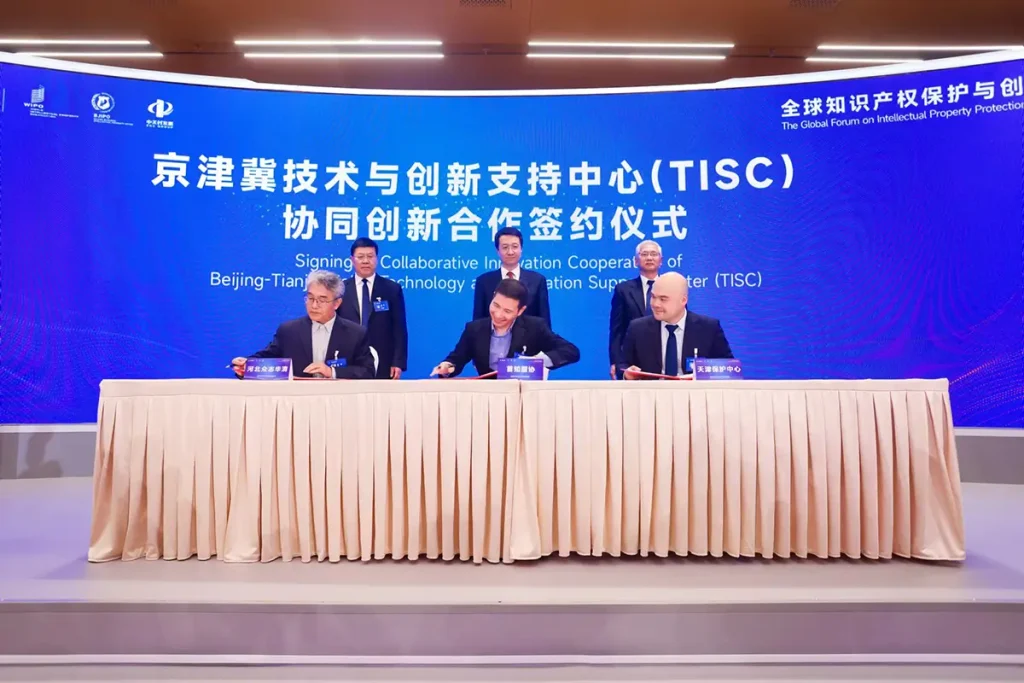Japan’s letter of consent system begins to be implemented!
On June 14, 2023, the Japanese Parliament passed the “Act to Amend Certain Laws of the Unfair Competition Prevention Act, etc.” and introduced the long-awaited trademark letter of consent system.
It aims to open up a broader solution path to resolve conflicts of prior rights that may arise during the trademark application process.
This article will highlight some of the noteworthy revisions.
1. Implementation time of letter of consent system
The official implementation date of Japan’s trademark coexistence consent system is April 1, 2024, but it only applies to trademark applications submitted after April 1, 2024.
This provision cannot apply to trademark applications submitted before April 1, 2024, even if the trial begins after April 1, 2024.
This system is also not applicable to sub-applications split from trademark applications filed before April 1, 2024.
2. Background of modification of letter of consent system
According to Article 4, Paragraph 1, No. 11 of the Japanese Trademark Law, trademarks that are identical or similar to others’ prior trademarks shall not be registered.
However, due to the lack of a coexistence agreement system in Japanese law, problems such as complicated trademark transfer procedures and difficulty in signing coexistence agreement contracts between countries in Japan have arisen.
In this case, if the rights holders of both parties negotiate and reach a friendly coexistence agreement, and the official can also accept the consent letter, it can be regarded as a solution that has the best of both worlds.
3.Definition and application conditions of letter of consent system
(1) The letter of consent system means that a trademark that is identical or similar to a trademark previously registered by others cannot be registered, but if the prior right holder agrees, the trademark can be registered.
(2)letter of consent system:
①Trademark applications submitted after April 1, 2024
②The prior trademark owner issues a coexistence consent letter;
③The coexistence of the applied trademark and the prior trademark will not cause confusion among the relevant public as to the source of the goods/services.
(3) Several dimensions for determining “risk of confusion” are listed below. The actual determination is based on individual case circumstances:
① The degree of similarity between the applied trademark and the prior trademark.
② The popularity of the two trademarks.
③ Whether the two trademarks have the same distinctive features.
④ Whether the two trademarks are the company’s exclusive marks.
⑤ The possibility of enterprise diversification.
⑥ The connection between the goods and services designated by the two trademarks.
⑦ Commonality between consumers of goods or services.
⑧ The actual use form and sales situation of the two trademarks.
4. Application points
If you want to obtain a trademark registration through the coexistence system, in addition to the coexistence consent letter, the applicant must provide documents such as a letter of agreement, a letter of opinion, and a description of the use of the trademark.
In Japan, if the trademark of right owner A is approved for registration based on the coexistence consent document issued by right owner B, in subsequent actual use, right owner A or right owner B believes that the other party has harmed their own commercial interests, they can require the other party to attach other marks when using the trademark to avoid confusion.
If right holder A or B uses a trademark in bad faith (for the purpose of unfair competition) and actual confusion occurs, anyone can apply to cancel their registered trademark.
Japan has stricter requirements on the actual use of similar trademarks after they coexist, stipulating that “anyone” has the right to revoke a trademark that causes confusion or co-opts the goodwill of others.
Author: Bulu
English homepage:https://bulu-ip.com
Chinese homepage:https://mp.weixin.qq.com/s/RHKuOWG_s-VjLkHTkuT1nw

Shanghai Bulu Intellectual Property Agency LLP
Tel:+86 (0)21 5833 8320
Mail:tisc@joinhua.com
Add:No.199 JinXiang Rd. Pudong, Shanghai, China
© 2025 Shanghai bulu Intellectual Property Firm. Created with ❤ using WordPress and Kubio







